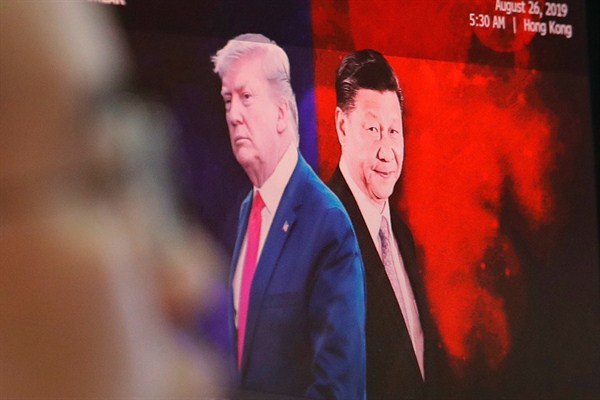Editor’s Note: Every Wednesday, WPR Newsletter and Engagement Editor Benjamin Wilhelm curates the week’s top news and expert analysis on China.
The U.S. and China agreed to a long-anticipated “phase one” trade deal last Friday, pausing for now a trade war that has weighed down the global economy for more than a year. The agreement offers relief to both sides, but solutions to the deeper economic grievances that U.S. officials and businesses have long harbored toward China seem as far off as ever.
Under the deal, which won’t be signed until January, the U.S. will reduce its tariffs on Chinese imports, while Beijing will increase its purchases of American energy and agricultural products and manufactured goods. Washington also suspended a new round of tariffs that was slated to go into effect on Dec. 15 and halved existing tariffs on $120 billion worth of Chinese goods, from 15 percent to 7.5 percent. However, 25 percent tariffs on $250 billion worth of imports will remain in place.

